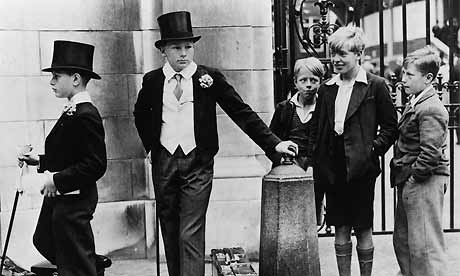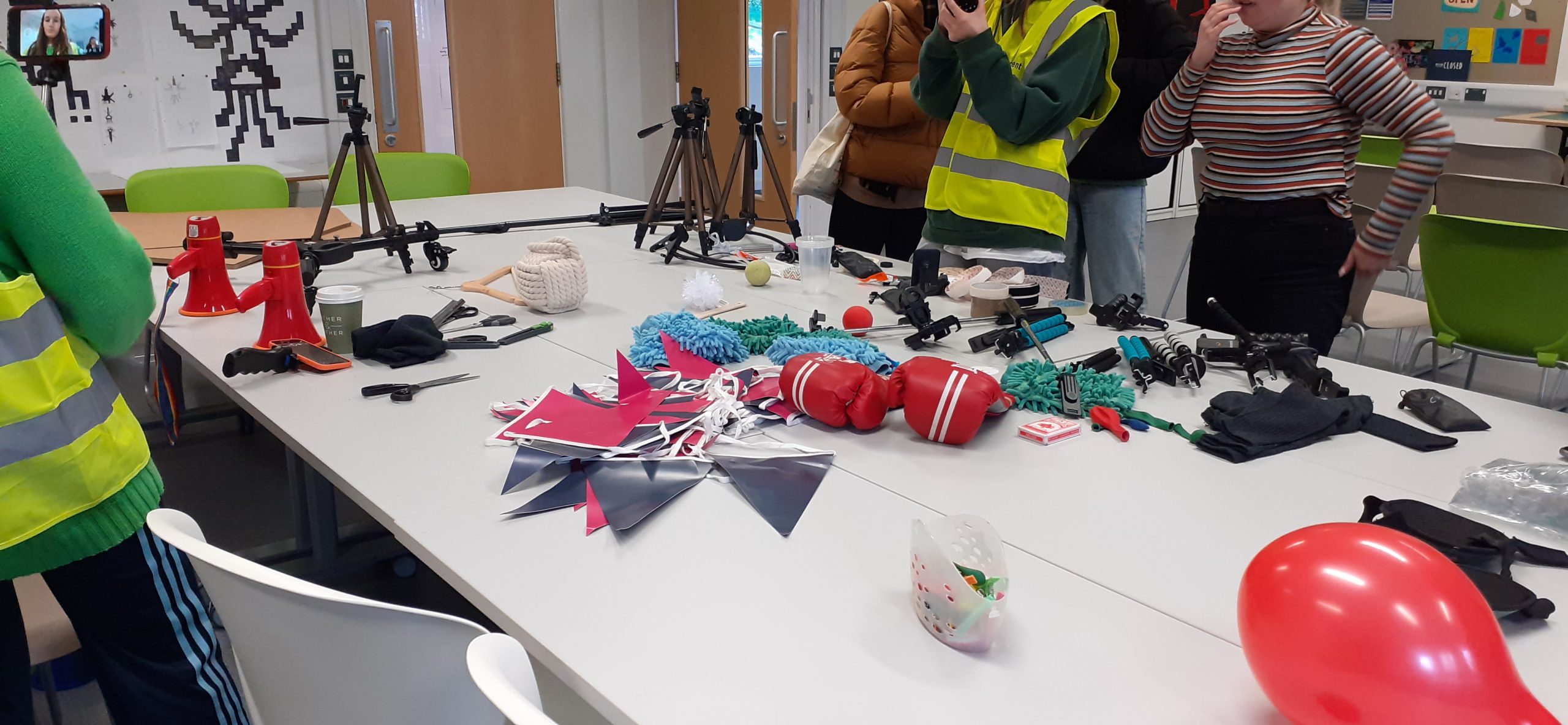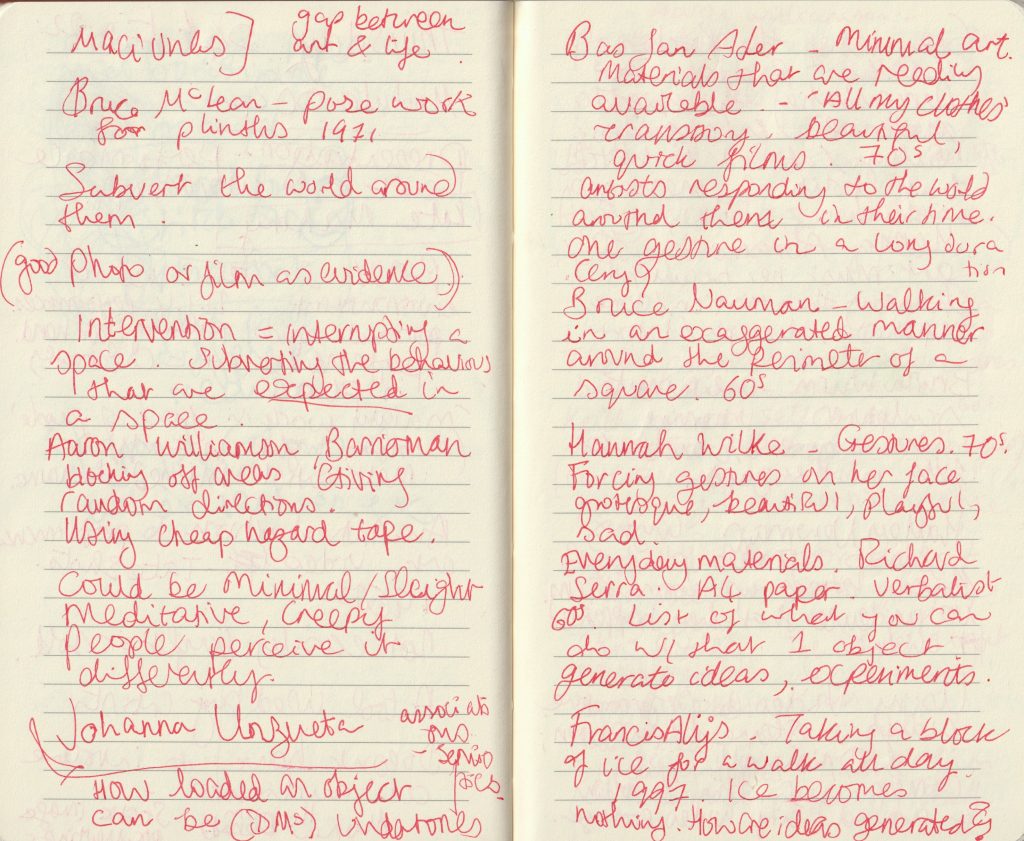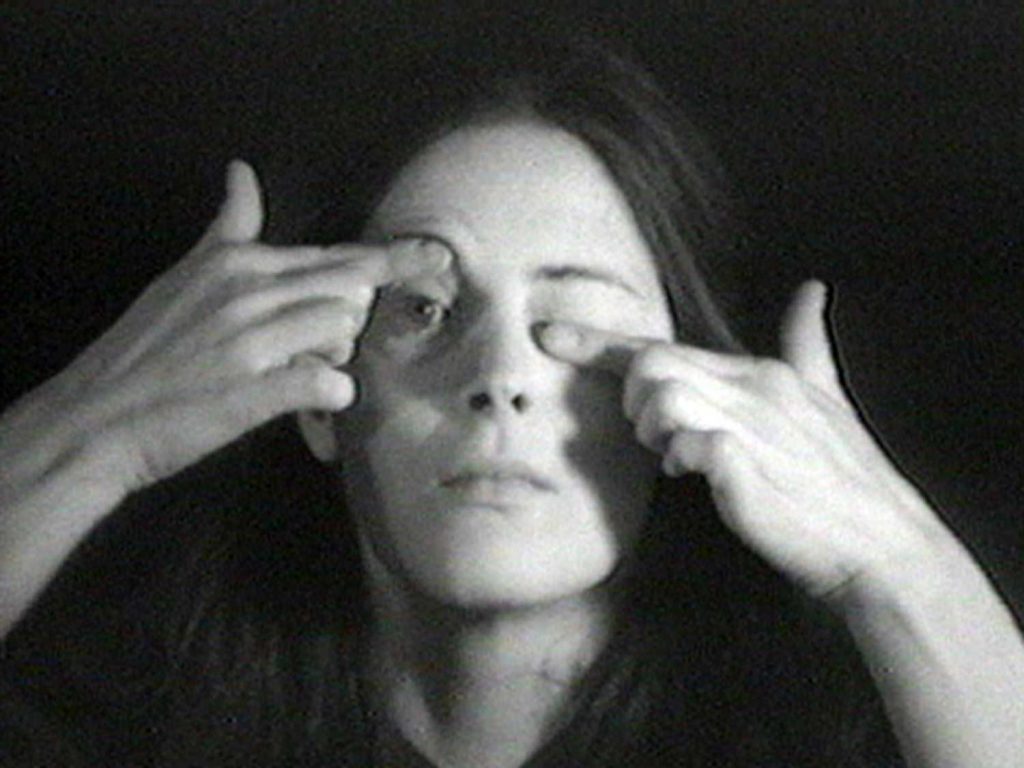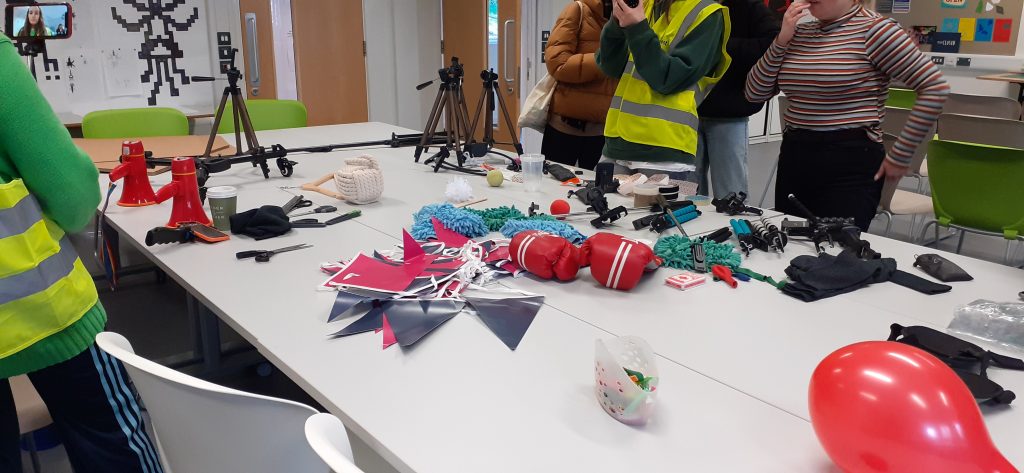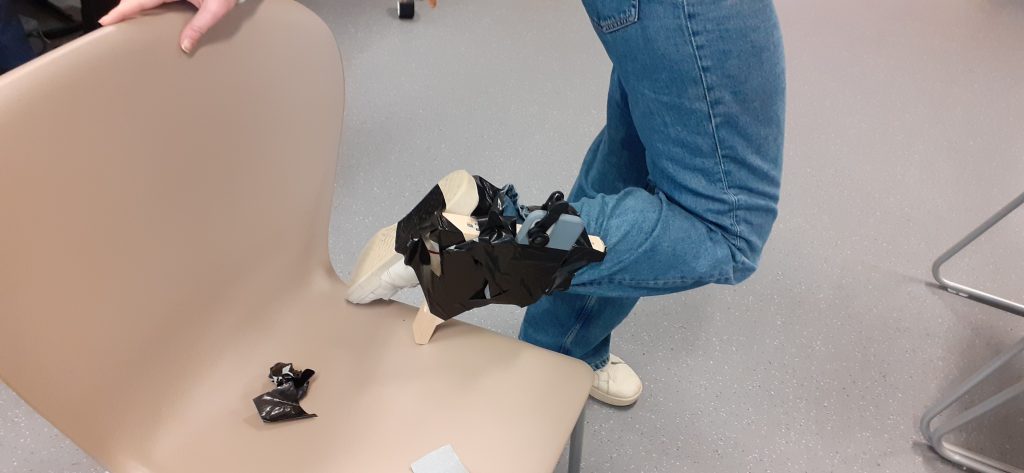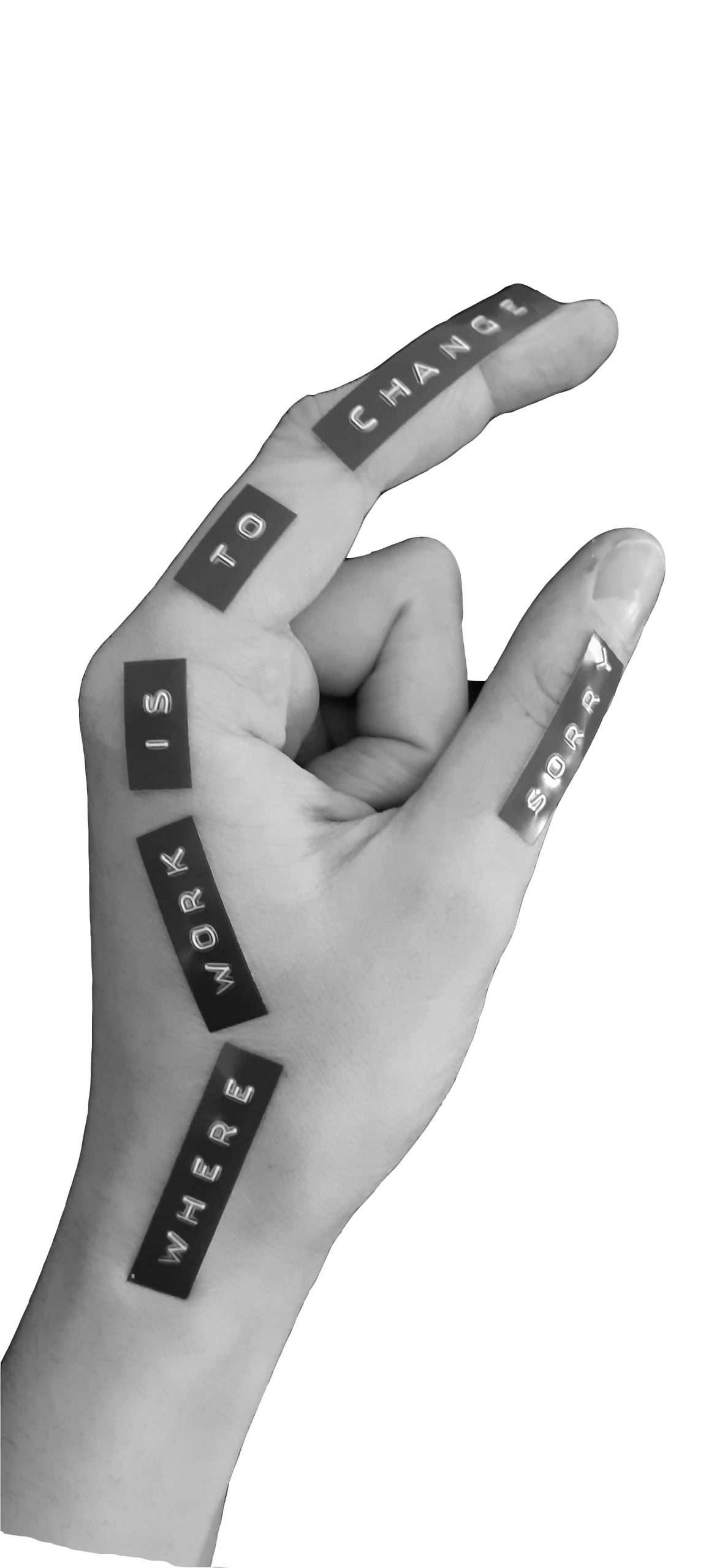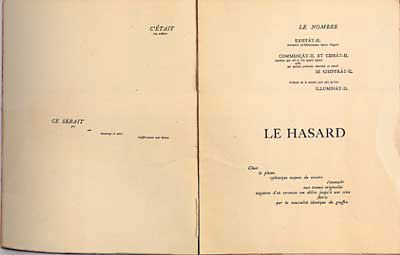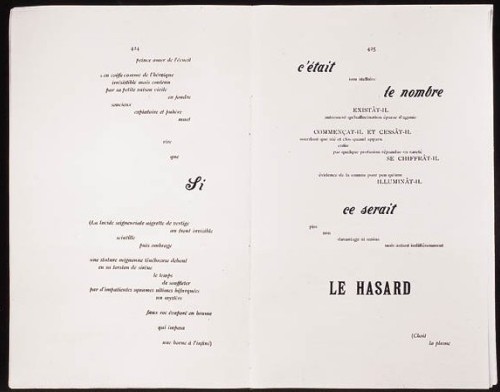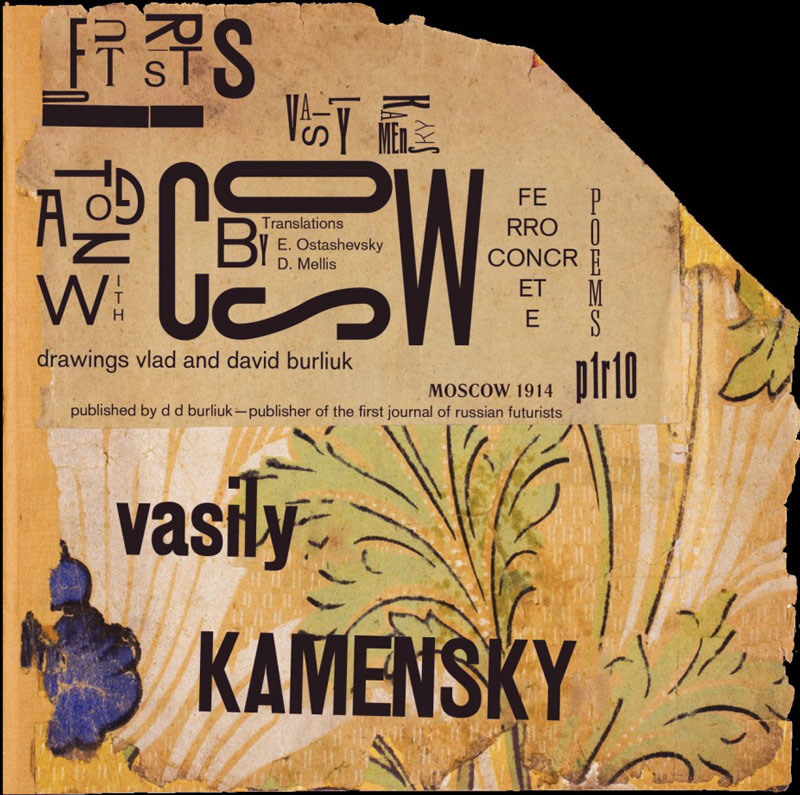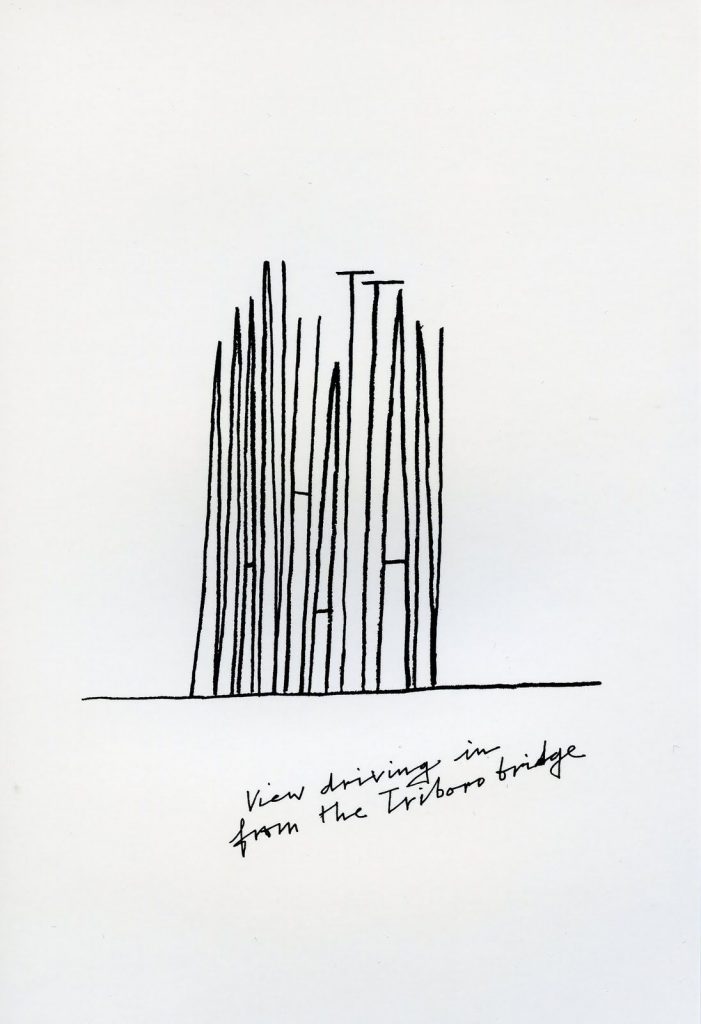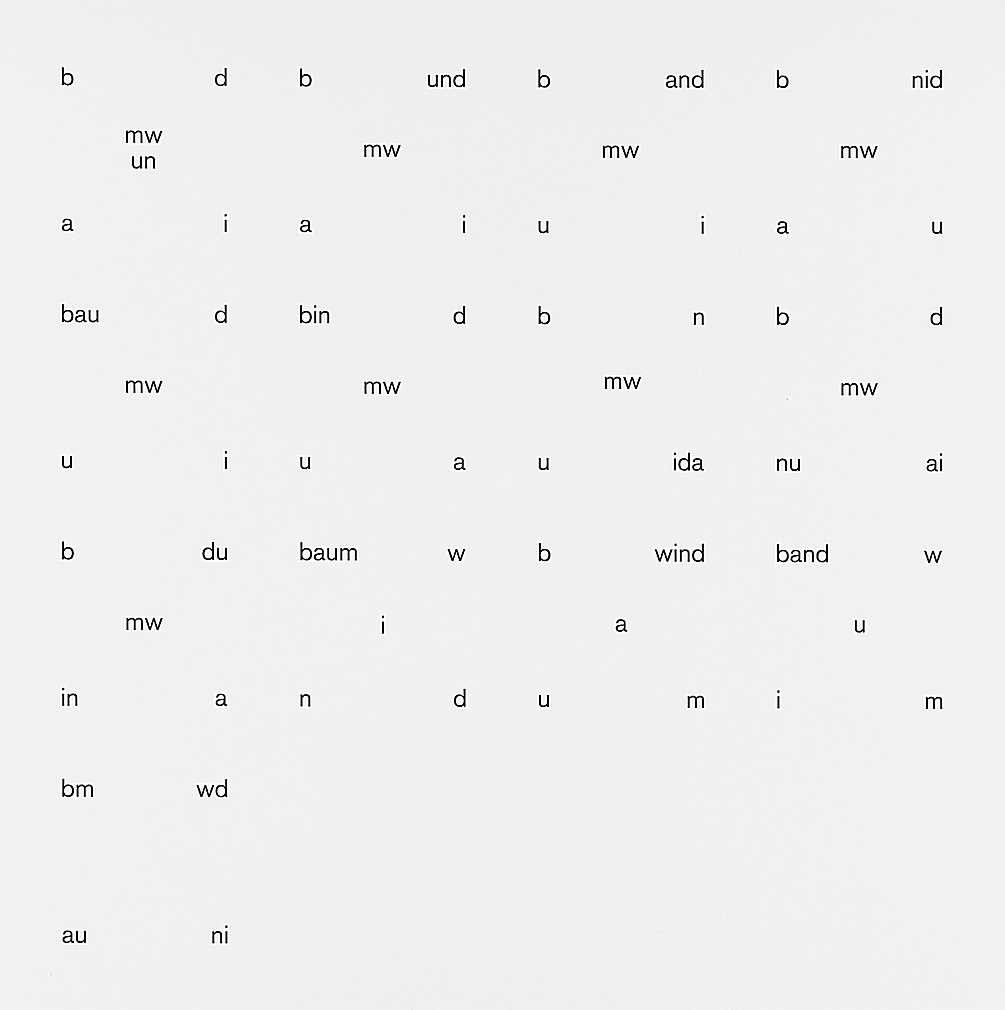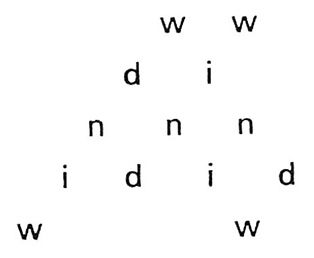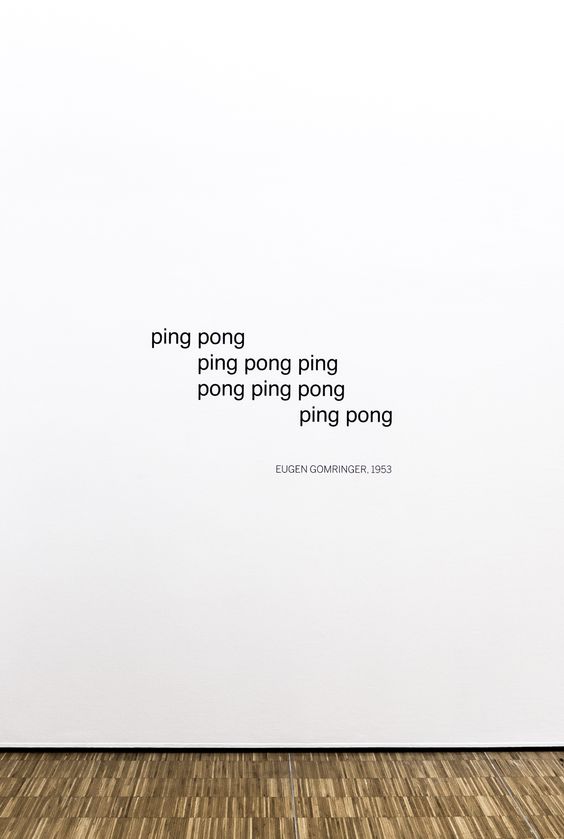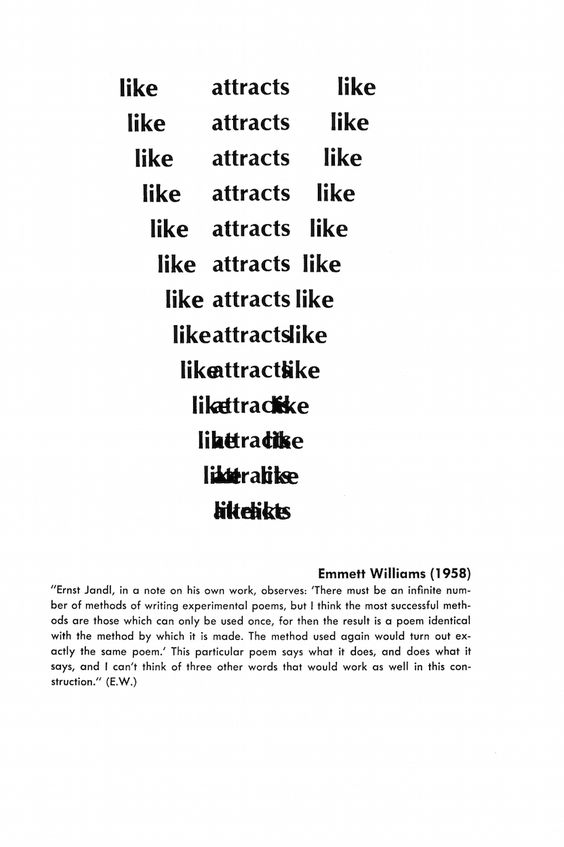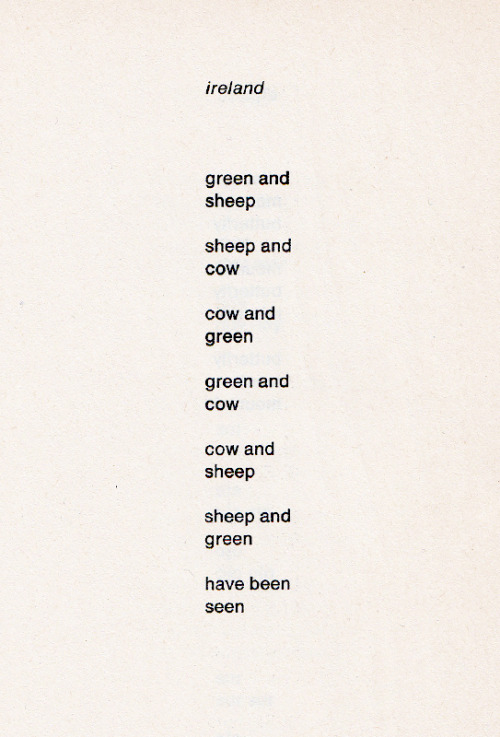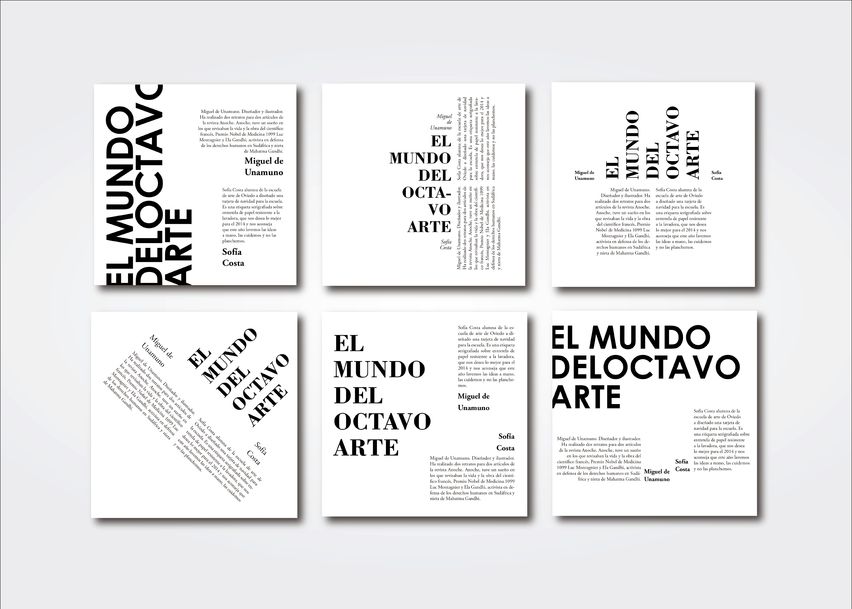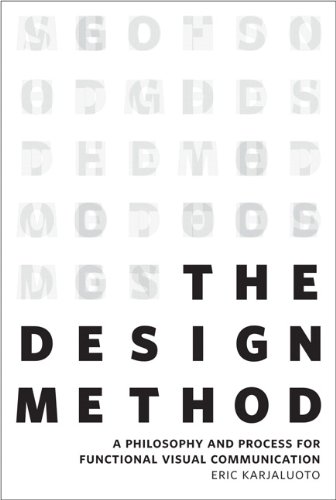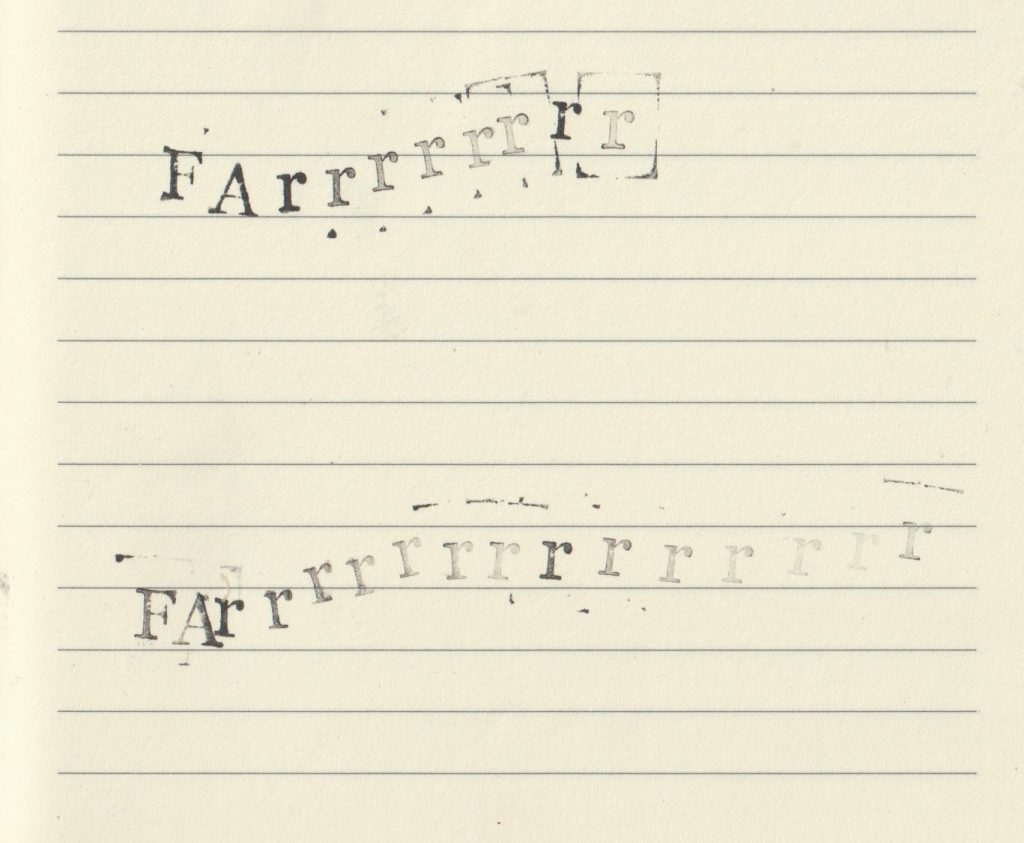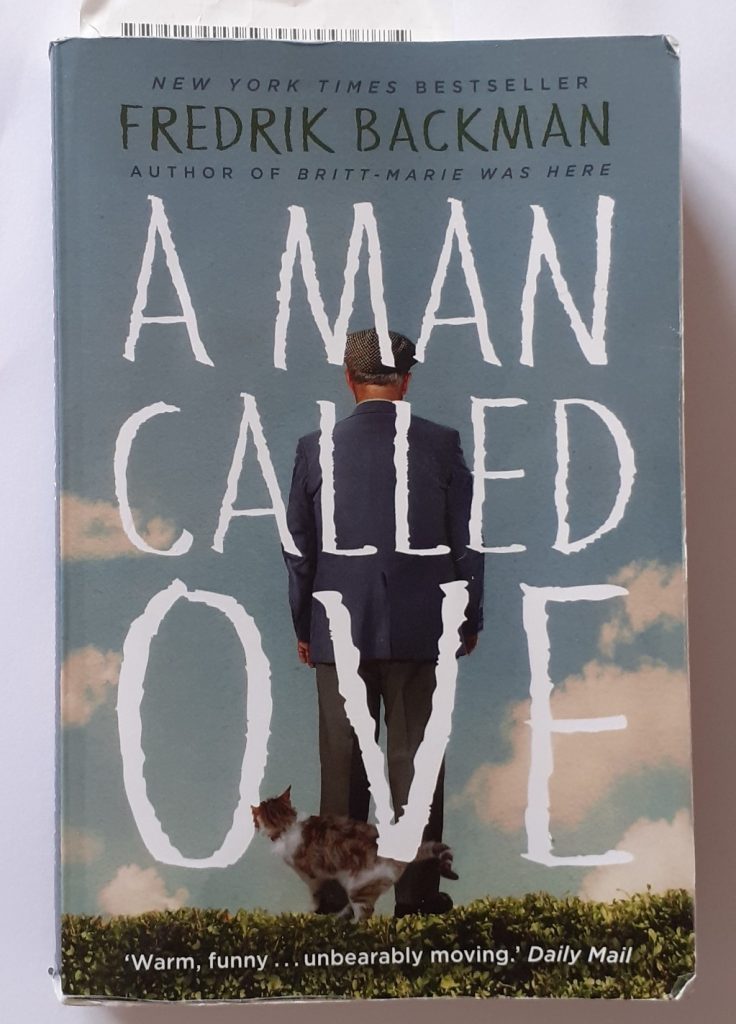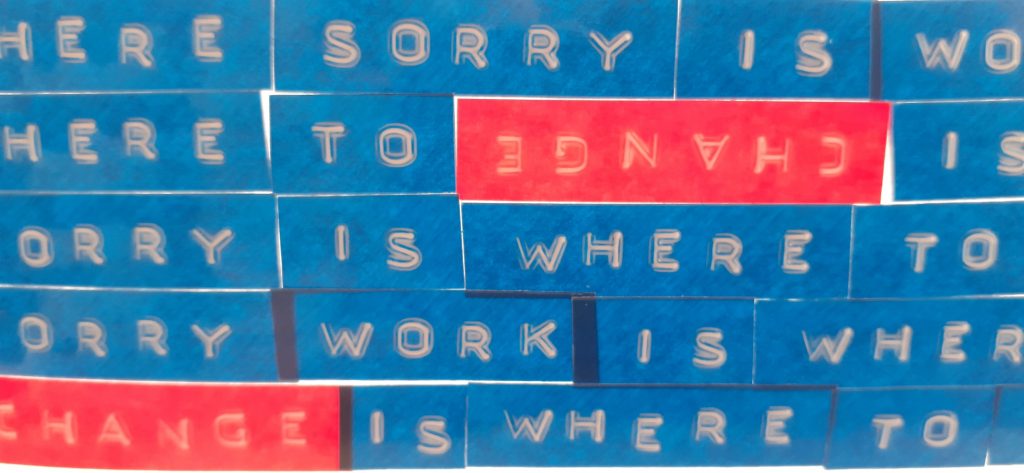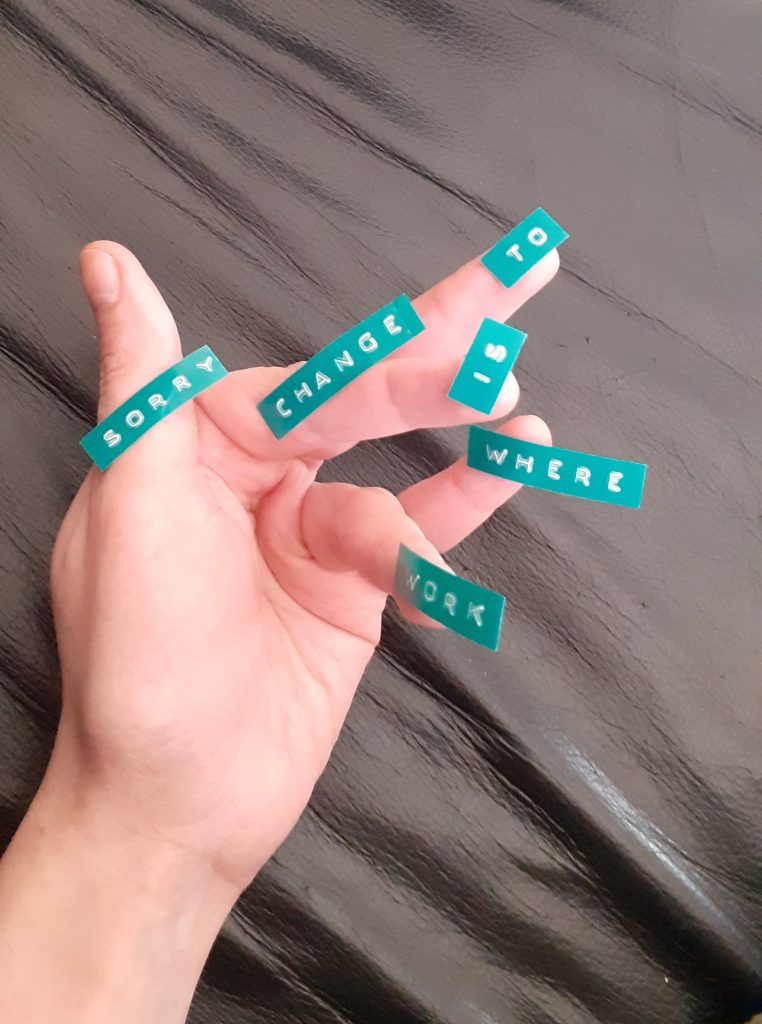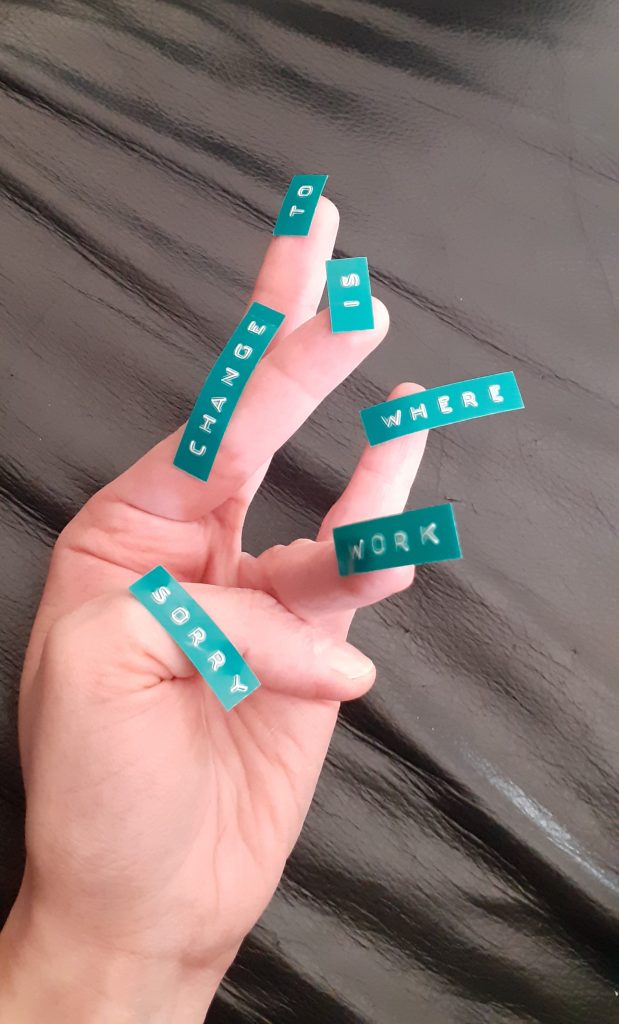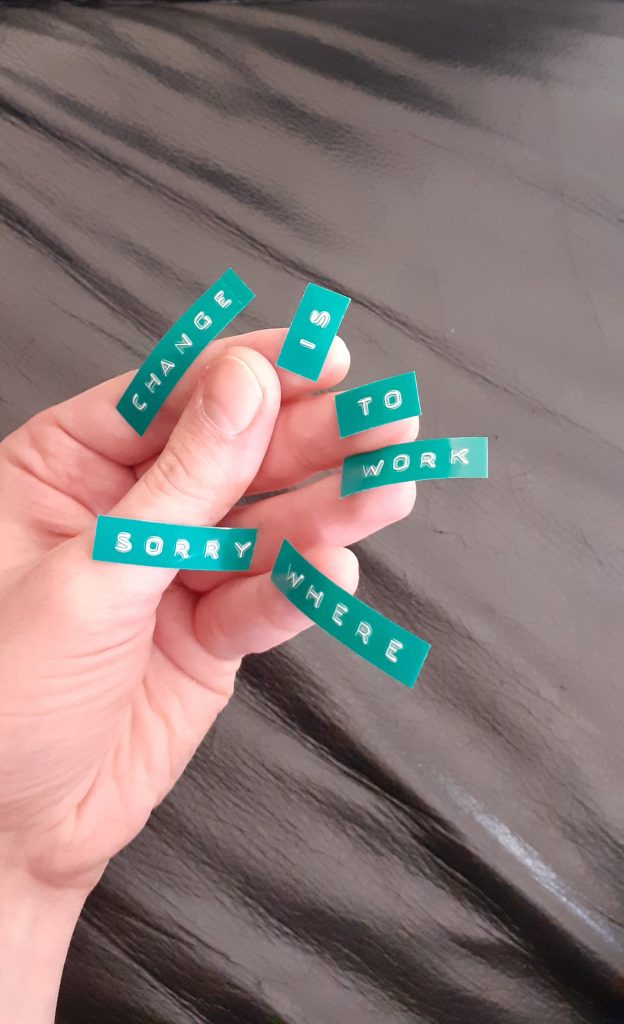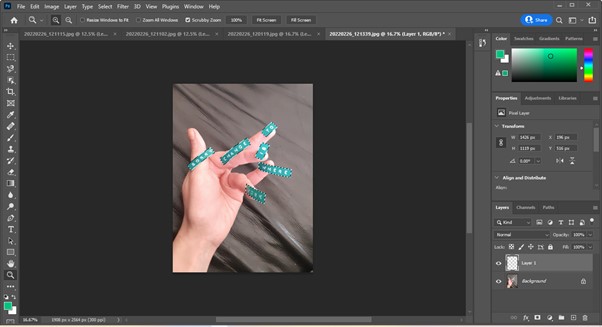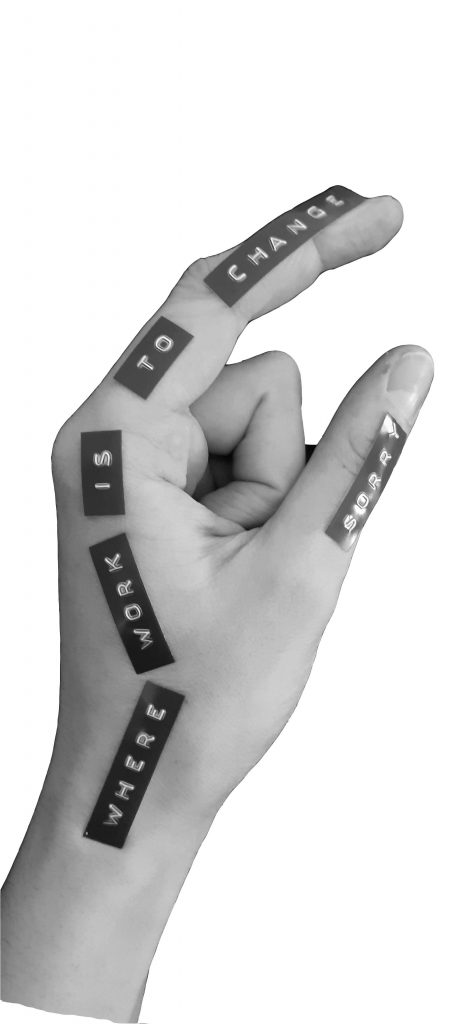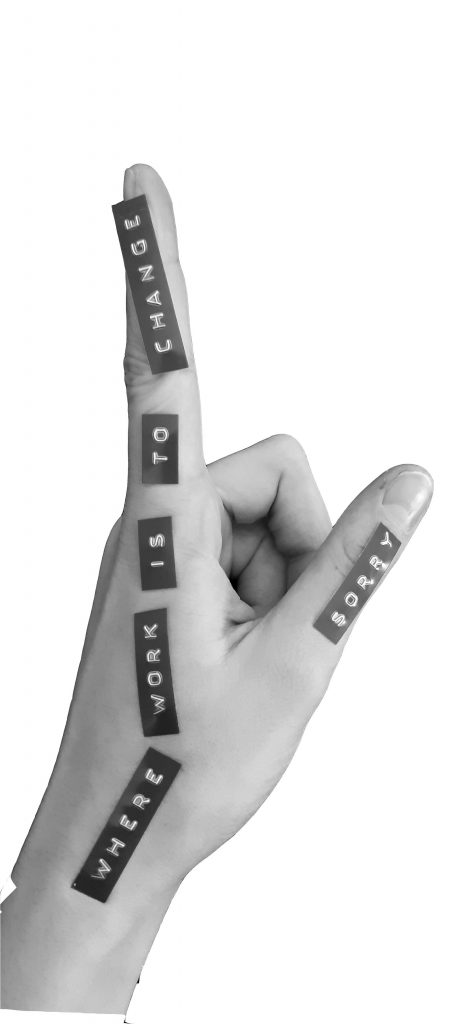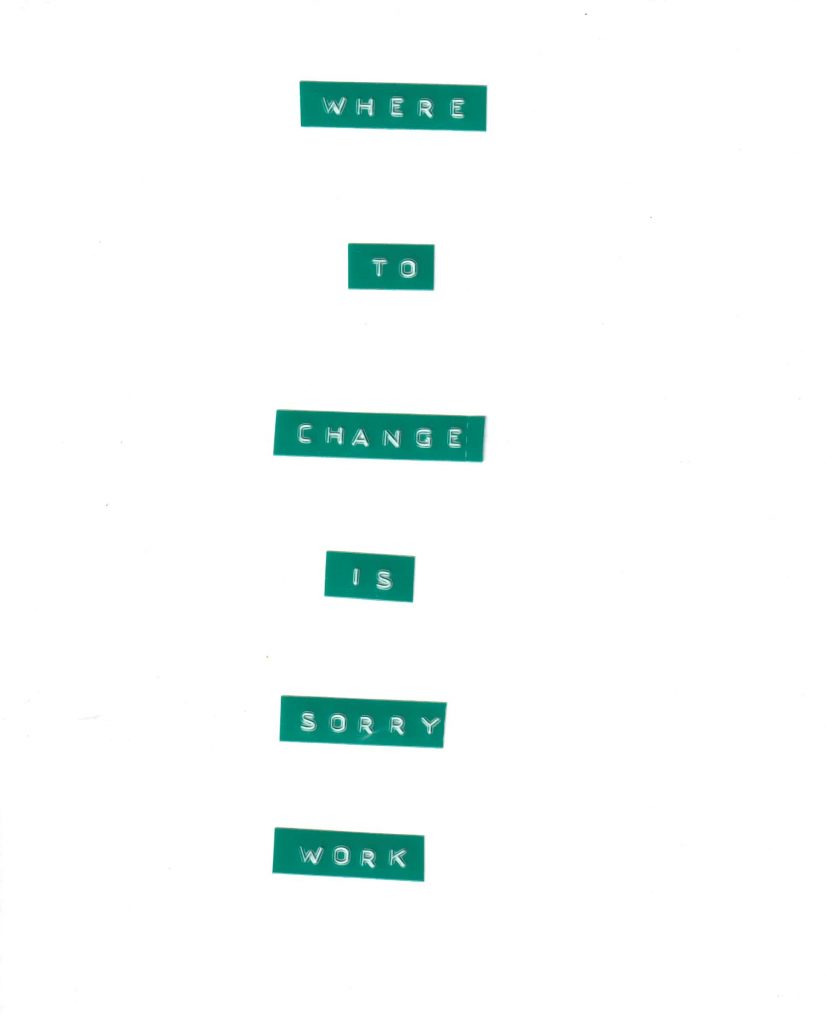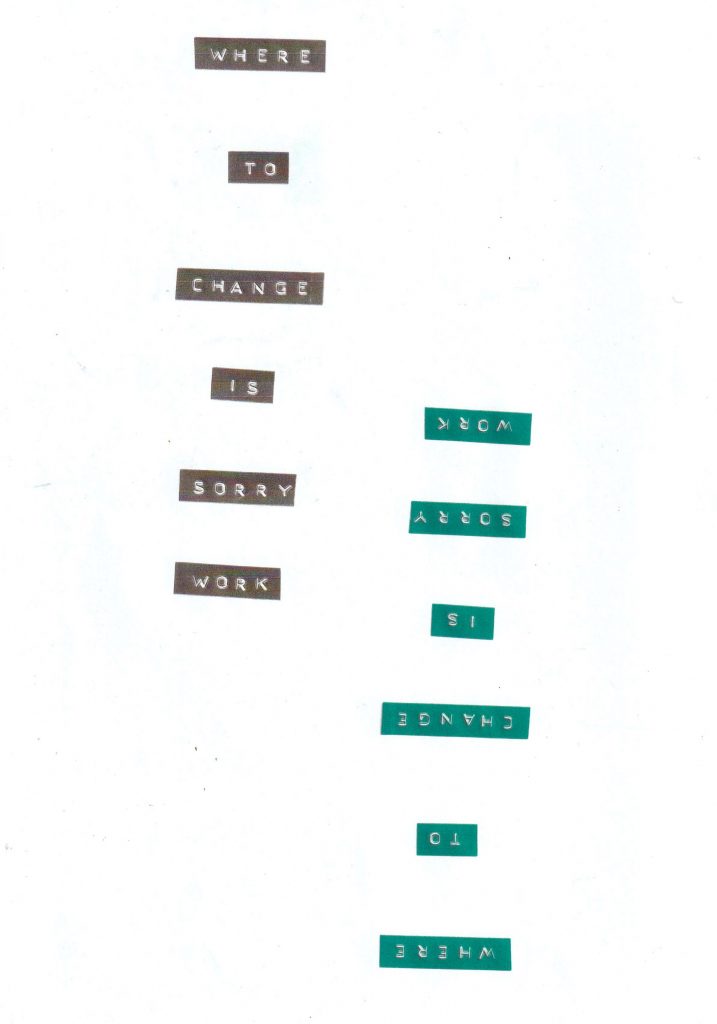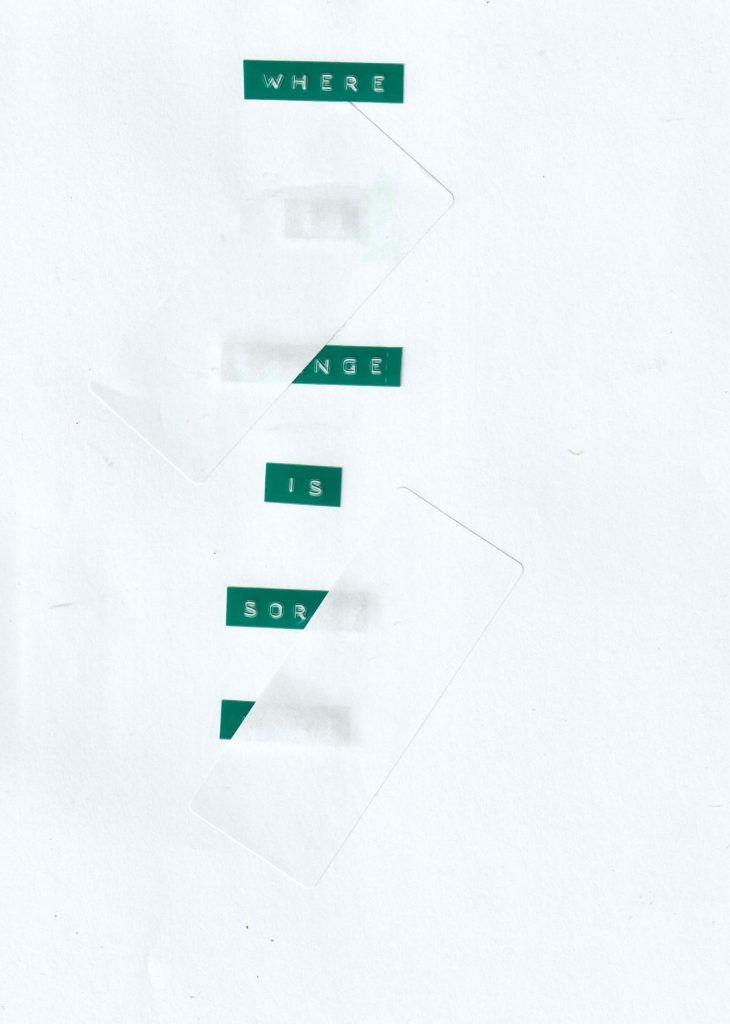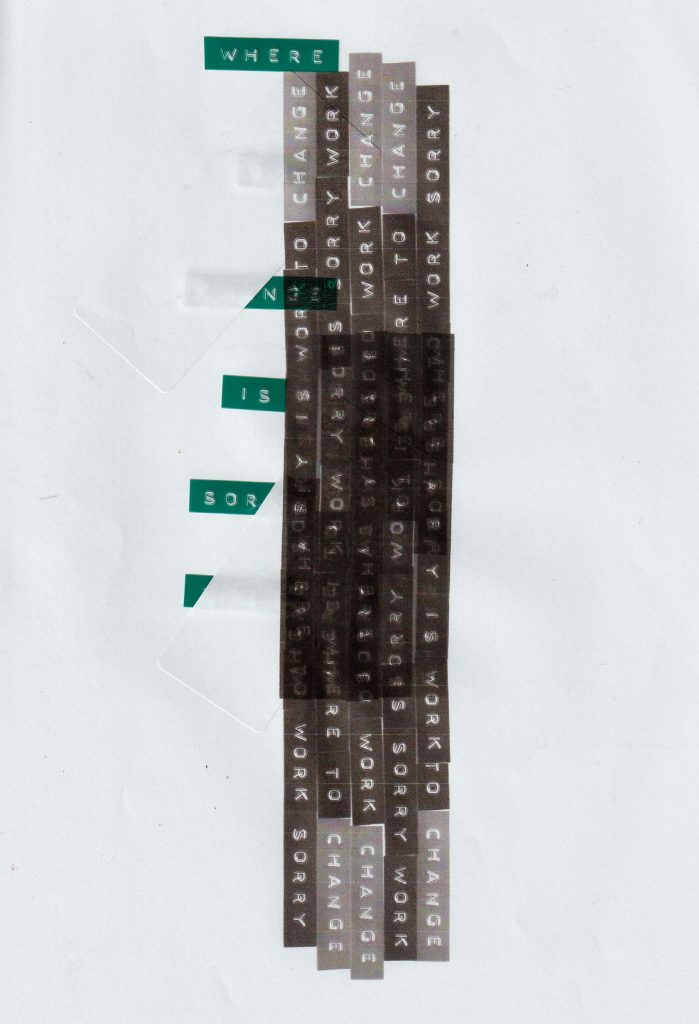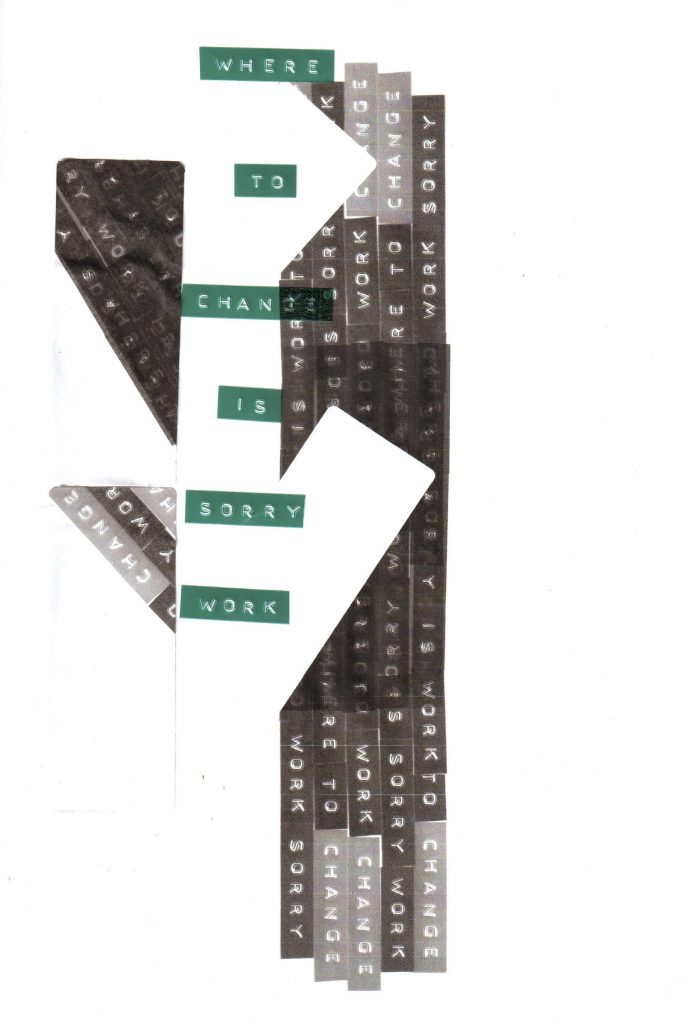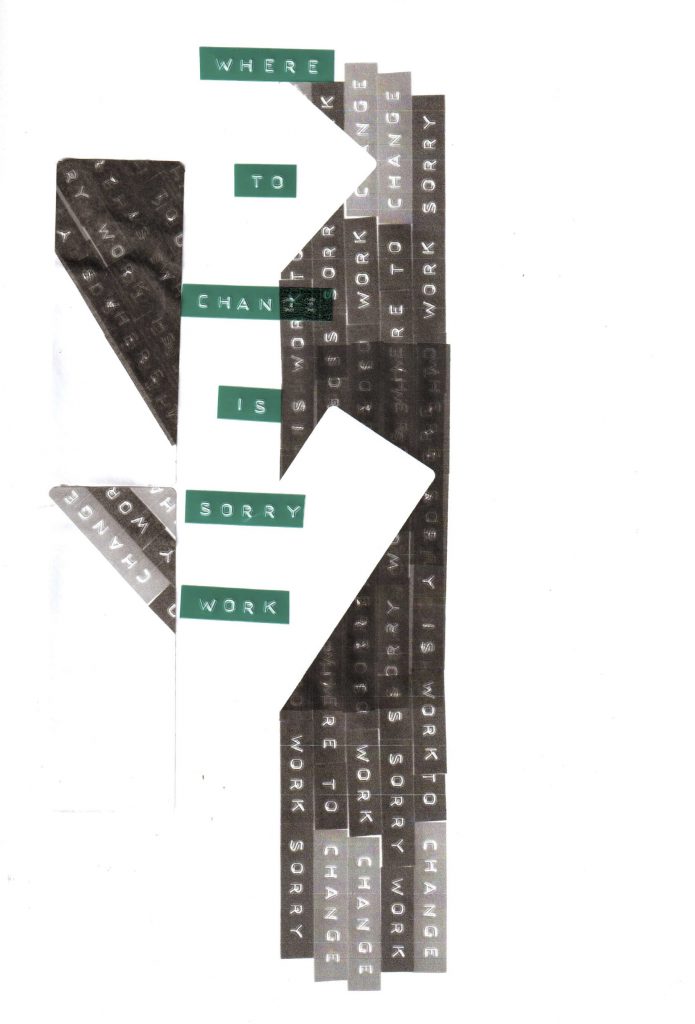24th February 2022
In today’s lecture we discussed the fourth category of class.
Class is an issue that comes into the discussion when talking about the previous topics of gender, race and ecology.
For example, ‘In general — although there is significant variation across countries at all levels of development — plastic waste generation tends to increase as we get richer. Per capita plastic waste at low incomes tends to be notably smaller.’
We began by thinking about what class is.
My perception of class, before this lecture:
Class is something you are born into. It determines your quality of life and surroundings in your early years. But I have also seen that your class can change. For example, Eliza Doolittle in My Fair Lady. A famous ‘rags to riches’ story where the main character is a working class Cockney woman, taken in by a phonetics professor and is trained to be a lady. Doolittle’s accent is shown as being a marker of her class. The professor tries with difficulty to ‘correct’ her accent. (Her prospects are likely to improve as a result.) Does this apply in today’s society?

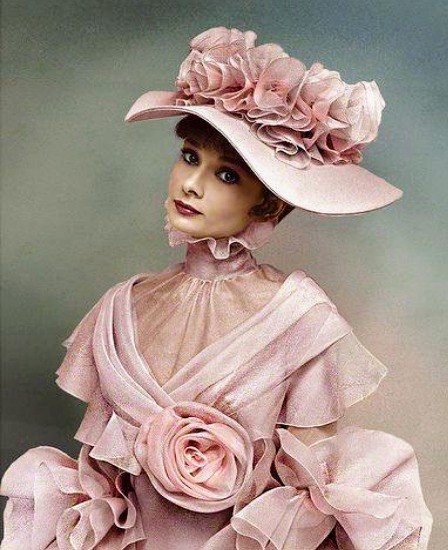
A real-life example is Gaynor Scott, a working class woman originally, now living the life of the mega-rich in Dubai. Born in Stoke-on-Trent, she has a northern accent. This accent is seen as a mark of class even in England today. But this example shows us that accent might no longer apply to class, or that where someone is in the world changes people’s perception of them. Her Britishness may be enough for others to view her as another class?
We see her lifestyle in the current BBC iPlayer documentary Inside Dubai. Scott married into the rich life and as a result, rubs shoulders with celebs and millionaires and is seen as one of them. So class has something to do with the way you are seen and treated because of who you associate with, as much as it is about money.
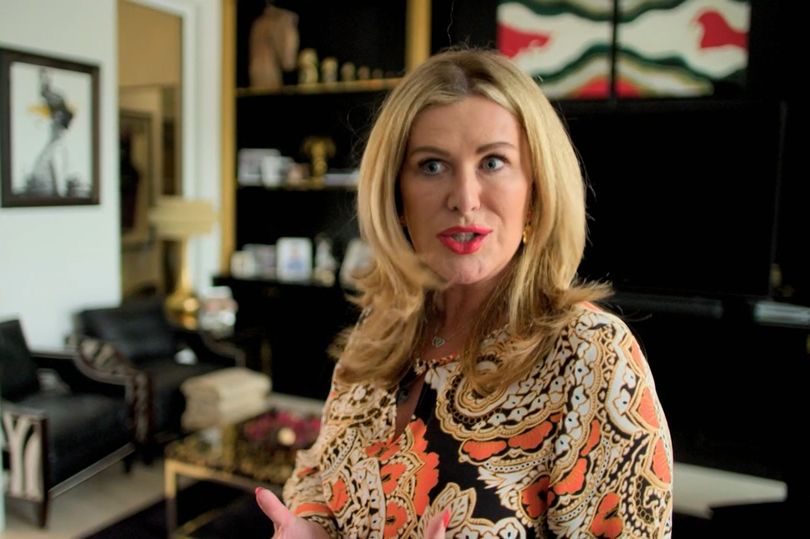
In the lecture, we spoke about there being 2 interpretations of class: sociological and political. (static or dynamic)
Class came into being with the industrial revolution.
Marx first defined class by these 2 categories, in the 19th century. He called them bourgeoisie (upper classes) and proletariat (working class).
Max Weber suggested that the issue was more complicated and that there are more than 2 categories. (A person’s market position- the amount of money a person has. And their status- how people are regarded and received in society- more sociological)
We looked at 3 paintings which represent class:
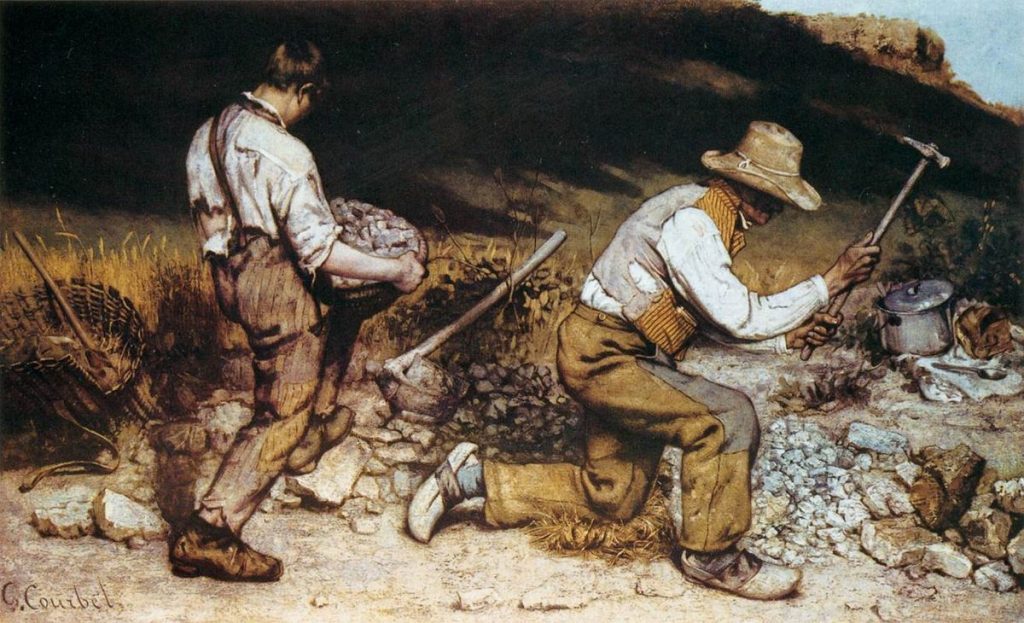
In this painting, (above) the stonebreakers are anonymous. The focus is on their actions, not on who they are, since we cannot see their faces. It feels like we are spying on the figures.
Whereas in the painting below, the figures are sitting, they are still instead. It is an aristocratic painting where the focus is on the portraits of the individuals. It is exaggerated, the luxurious exterior, showing off wealth. We can guess that the painting functions as a social purpose in the owner’s house. The painting has been commissioned to promote and celebrate the life of the aristocrat. The wealthy classes liked to leave a mark.
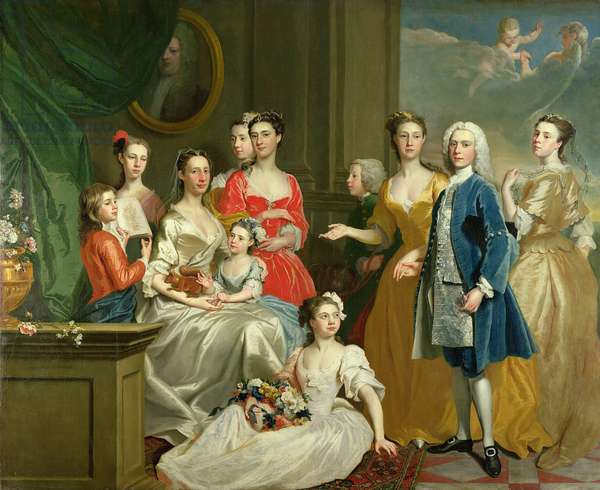
The painting below has been painted in 1901. It again, shows the working classes as in The Stonebreakers, but in this painting, the figures are moving towards us. They are confronting the viewer and moving as a group. As a collective group, they become a class. Instead of the stonebreakers painting, where there are only 2 men.
The marching action suggests they are standing up for their rights. E. P. Thompson was an English historian. He suggested that a class is a collective group of people who share the same social-economic conditions. But more than this, they also need to identify as a group. He said there was no such thing as a class in isolation, but that what made a class was the fact that other groups have interests that are different from another group. (There are friends and enemies.)
Where industrialisation took place, workers strikes and unions came about, unifying the people as a body who were conscious of the exploitation they suffered. They were asking for rights and higher salaries.

Miner’s strikes
The miner’s strikes in the north of the UK, occurred in the 1970’s-80s.
The main employment for people at the time, was the mines. Thousands were made redundant when Margaret Thatcher closed the mines. At this point, workers physically came together – protesting and marching. They became a political body and were recognised as a group. They were shown solidarity by other groups such as gay groups.

What is labour?
Labour is manual work done for someone else. It can be material/intellectual.
Who are key workers?
During the pandemic, there has been a lot of talk about key workers. I never really understood what this meant. Key workers are workers considered to be essential. These are jobs that society needs, in order to function:

- Factory workers come to mind when we think of labour. Their work is considered material labour, as it results in tangible goods.
- Immaterial labour is knowledge and informational.
- Chain work is usually used in factories. This is where each person performs a small task contributing to the production of goods.
- Productive labour results in goods or services that have a monetary value.
- A paid wage can be tangible or non-tangible. Sold in market, material and immaterial. Can be exchanged.
- Reproductive labour is unpaid activity. In the sphere of domesticity. Cleaning, cooking and bearing children. Activities that need to be completed, to be able to go to work the next day. Domestic labour has traditionally been a woman’s role. In the 1970’s, this was brought into question by the second wave feminists.


The feminists pointed out the issue of domestic labour being overlooked and seen as unimportant.
Capitalism also depends on domestic labour.
Ellen Lupton
The designer as producer
The designer performs a high variety of tasks. Both intellectual and manual. Material and immaterial. Technology has changed the role of the designer.
Division of labour is neater in larger organisations. (In smaller companies, you need to do everything yourself.) For example, one team deals with colour in bigger studios these days.
Where do we work?
Since the pandemic, this has been a question asked by all workers and managements. Today the lines are more blurred between working and not working. Our virtual life happens through apps and engaging with social media is part of building a brand.
Consumers have become producers. (social media influencers, youtubers etc) We are now in the ‘Information society‘.
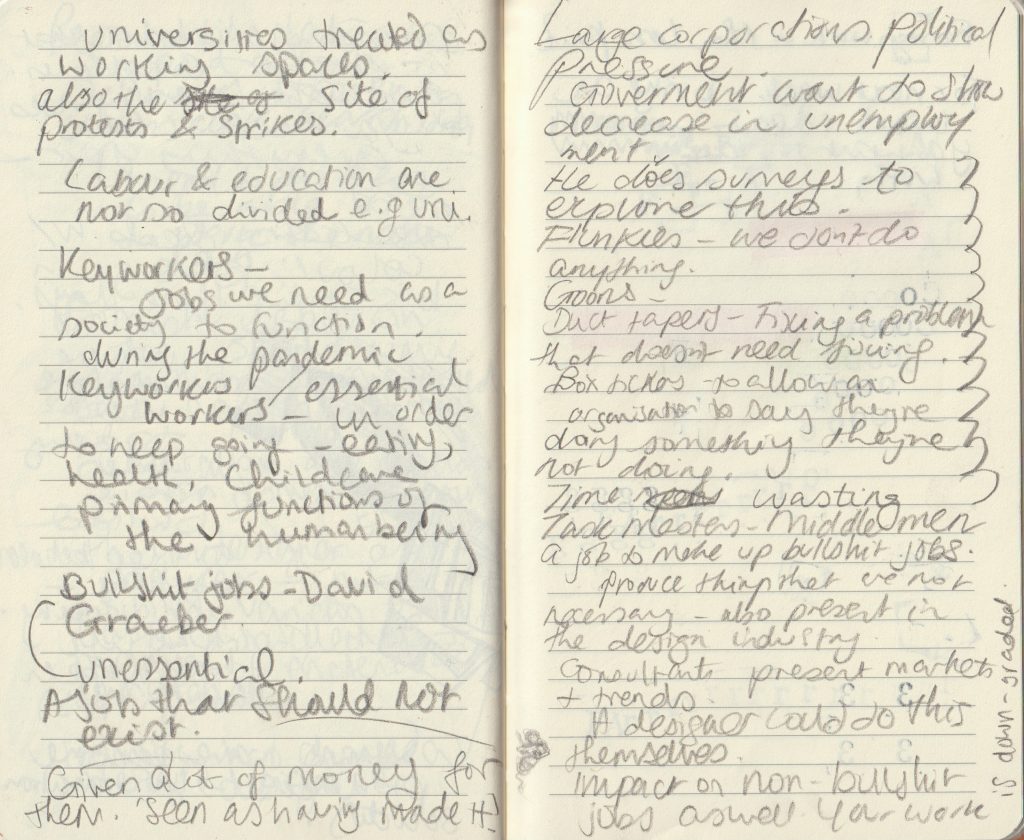

Design work become less well-paid because of the ‘bullshit jobs’ being created. A company will hire someone to do a job that could be done by the designer.
